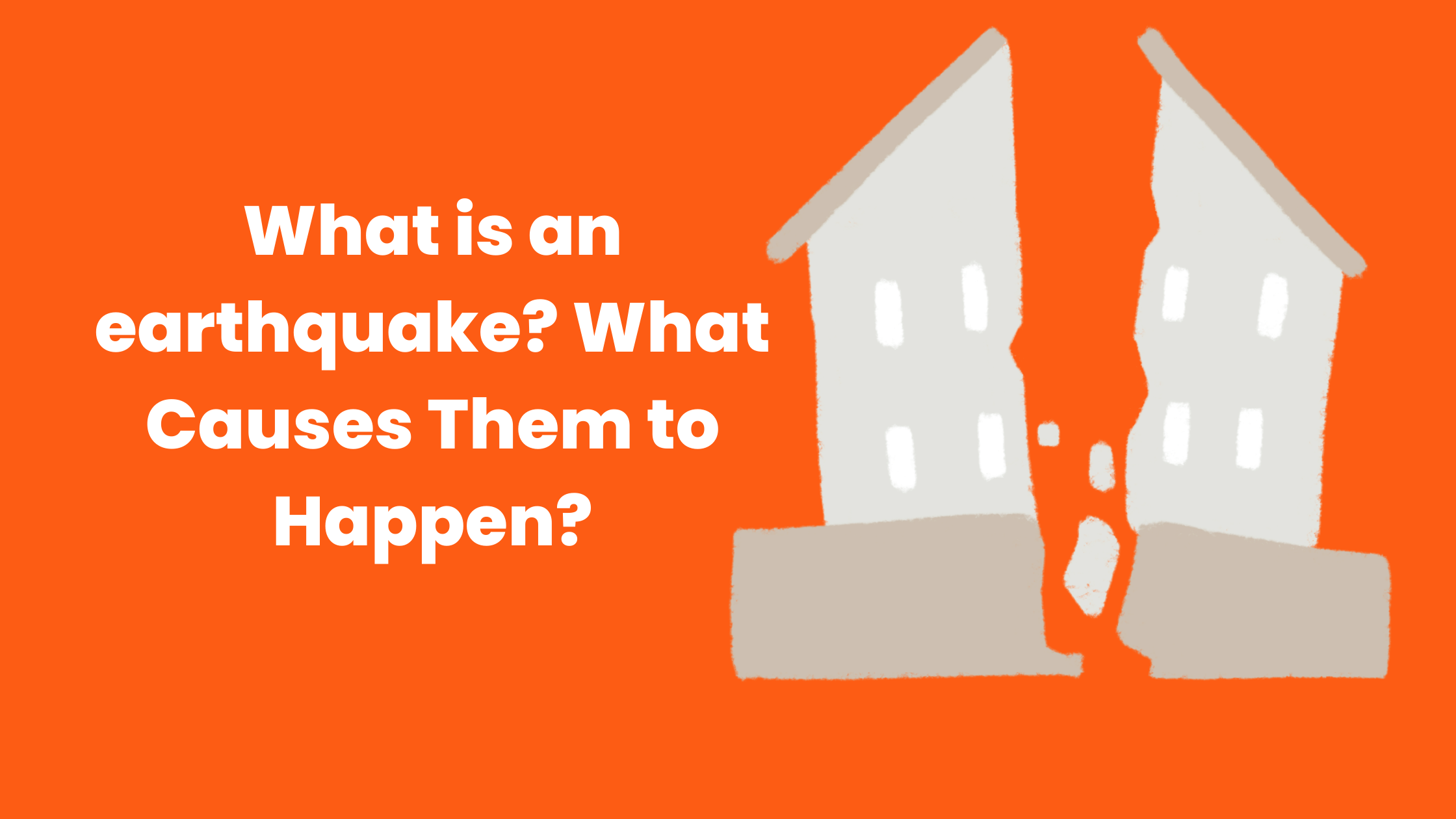What is an earthquake? What Causes Them to Happen?
An earthquake is a vibration of the earth’s surface by waves emerging from the source of disturbance in the earth by virtue of the release of energy in the earth’s crust. The earthquake can be divided into two categories depending upon its origin 1- tectonic and 2- volcanic.
Volcanic Earthquakes: volcanic earthquakes are those associated with a volcanic eruption and have a limited field.
Tectonic Earthquakes: Tectonic earthquakes are associated with the sudden dislocation of the large Rock mass along the geological fault.
When an earthquake occurs within the sea, the water above the deformed area gets displaced from the equilibrium position, series of waves are wave strain called earthquake-generated Tsunami waves are formed as huge water columns which can be the height of 10 meters to 30 meters above the sea.
Rocks being elastic material strain energy get stored in them during the deformation that takes place due to the gigantic tectonic plate action (sliding of earth mass in the piece) that occur in the earth.
In this process, a tremendous amount of strain energy stored in the rock gets suddenly released and waves propagate in all directions as a shock wave.
For designing a structure horizontal waves are more important than vertical ones because the self-weight of the structure is quite high.
The point from which waves first originate is called the” focus”. The vertical projection of focus on the earth surface is called an “Epicenter” and the distance is called “Epic central distance”.
Earthquake Magnitude and Intensity:
The magnitude of the earthquake is a quantitative measure of the size of the earthquake the strain energy released.
The commonly used magnitude scale is the ‘Richter scale’.
The instrument used to measure the ground motion is called a ‘seismograph’.
The intensity IS the measure of the strength of ground scaling magnitude at a plane during the earthquake is recorded by the modified Mercalli intensity scale (MMI) and the MSK scale.
The lines joining places with equal seismic intensity are called ‘Isoseismal’.
It may be noted that for a certain magnitude of earthquake different locations experience different waves of intensity.
Take a light bulb of 100 watts, so its magnitude or power is 100 watts but its illumination or brightness varies with location, place, and background where it is installed like a white background room and dark Room things will change
Similarly, earthquake occur even though it depend upon the magnitude it’s a function of intensity or severity of shaking which depends on factors such as a local depth, focal depth, Epic center distance, and local geology.
The objective of earthquake design
The design philosophy should be based on the consequence of damage.it will depend on the importance of the structural impact and physiological effects on the mind of the people and widespread disasters, For example
Service structures: water pipeline, hospitals, fire stations, etc.
Most important structures: Dam, Nuclear power plant, Religious structures like temple except whose failure can cause horror and major loss of the property and life.
In general, the design philosophy may be categorized into three limit States.
Serviceability limit state: under minor tremor, the load-carrying structure such as a slab beam-column footing should not be damaged but the non-load bearing structure can be repaired.
Damage control limit state: under moderate earthquakes, the load-bearing structure may suffer repairable damage while the other structures may get badly damaged but can be easily replaced after the earthquake.
Survival limit state: Under strong shaking, the building may suffer repairable damage but should be able to respond without total collapse to avoid the devastation of life and property, So that the life and property may be saved.
Conclusion
- It is not possible to design the structure to remain Totally safe during the Tremor.
- This is because in that case, the cost of the construction will be high while the earthquake is a rare phenomenon.
- Therefore damage in the building is unavoidable the only alternative left is to control the damage to an acceptable level so that cost of the repairs involved is reasonable.

